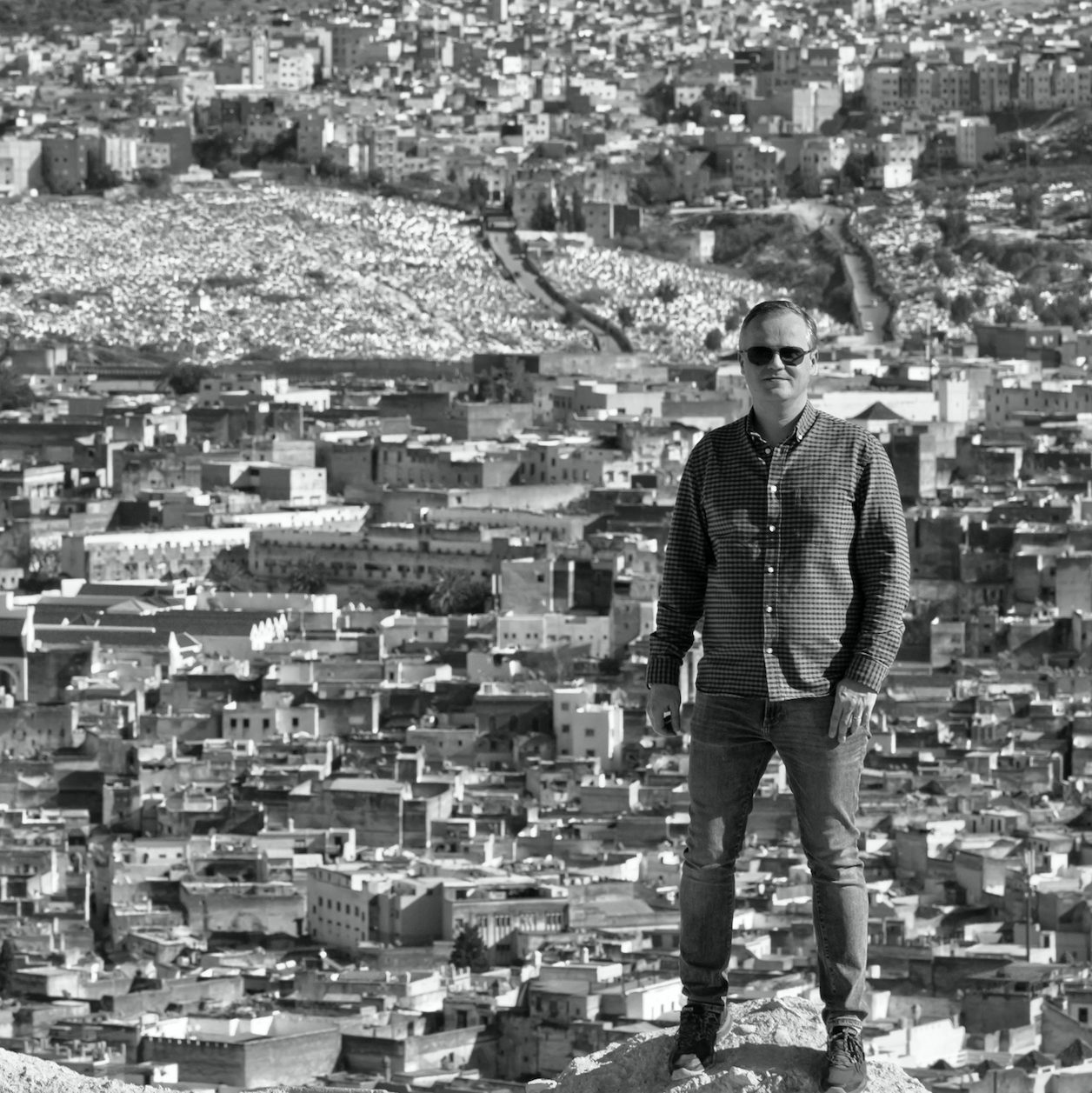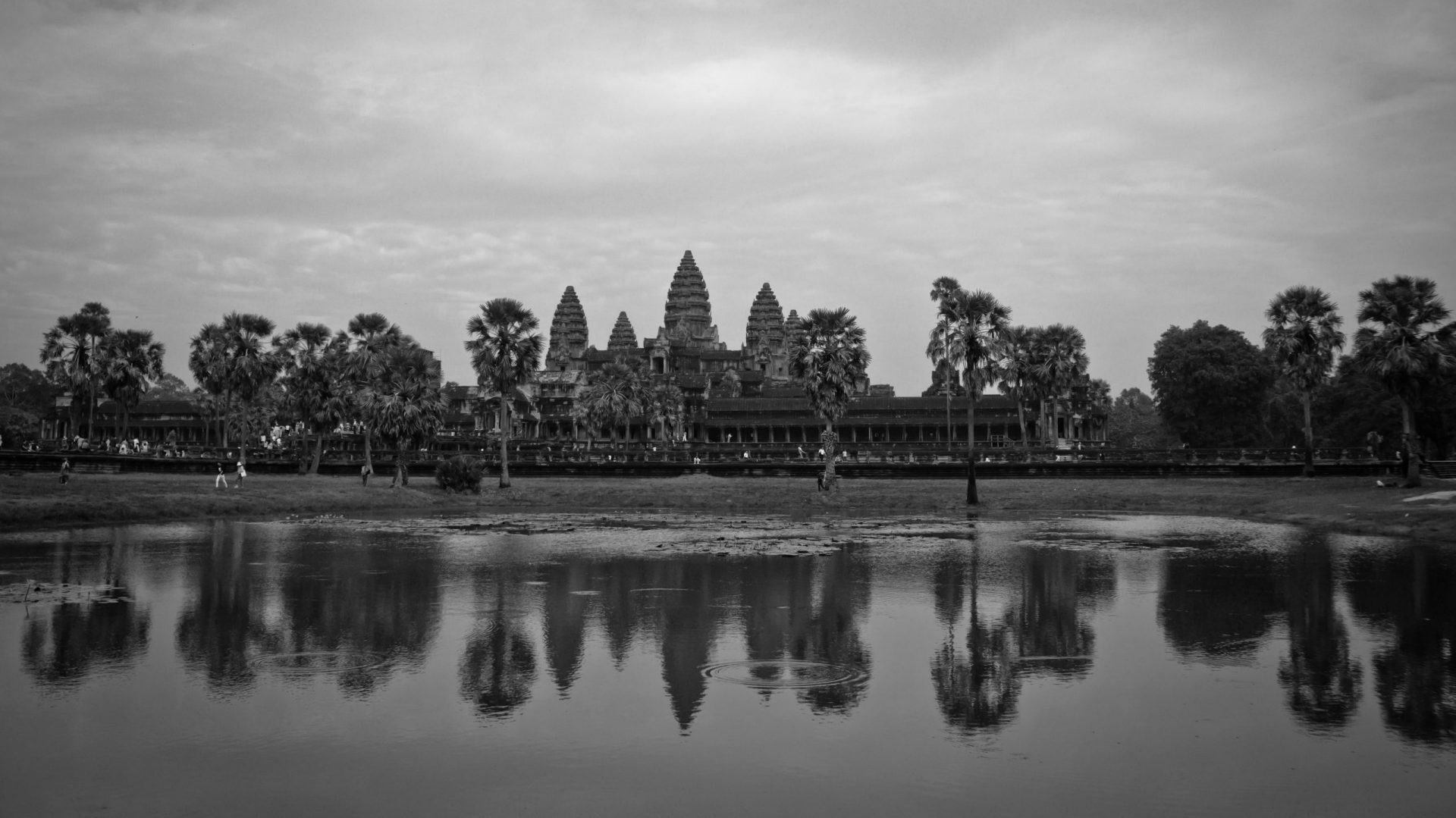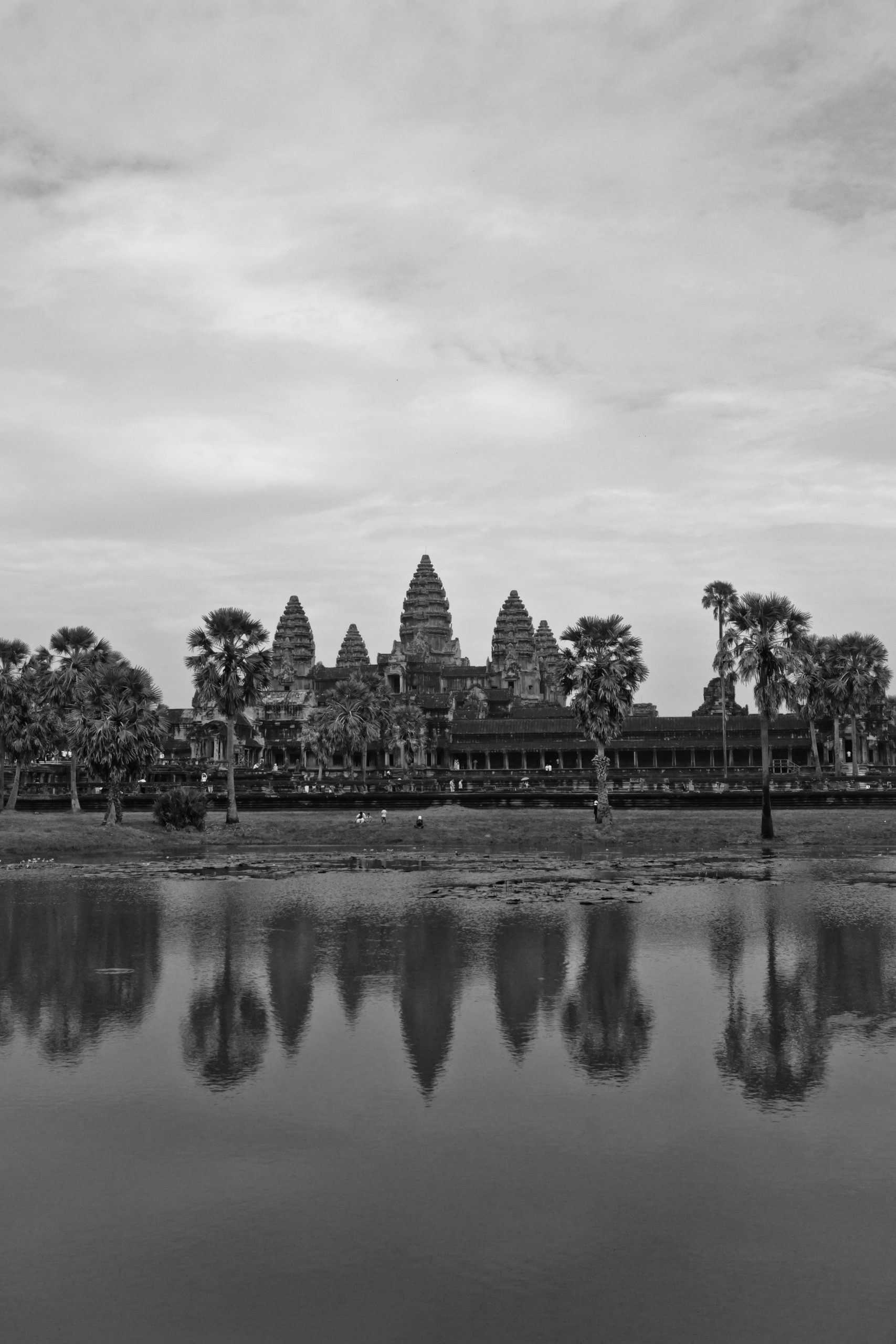ANGKOR WAT in Black & White, CAMBODIA
Angkor Wat is a temple complex in Cambodia and is the largest religious monument in the world, on a site measuring 162.6 hectares. Originally constructed as a Hindu temple dedicated

MaKaPix- (NOT JUST) travel photography
each photo is a capture of a magical moment when the clocks stopped ticking- MArian KAczmarczyk's PIX


Angkor Wat is a temple complex in Cambodia and is the largest religious monument in the world, on a site measuring 162.6 hectares. Originally constructed as a Hindu temple dedicated
Ho Chi Minh City (commonly known as Saigon) is a city in southern Vietnam famous for the pivotal role it played in the Vietnam War. It’s also known for its
Khao Phing Kan is an island in Thailand, in Phang Nga Bay northeast of Phuket. The islands are limestone karst towers and are a part of Ao Phang Nga National
Continue reading…KHAO PHING KAN (James Bond Island), THAILAND
Koh Panyee is a fishing village in Phang Nga Province, Thailand, notable for being built on stilts by Malay fishermen. The population consists of 360 families or 1,685 people descended
Bangkok is the capital and most populous city of Thailand. Bangkok has the longest city name in the World. Locals refer to their city as Krungthep or ‘City of Angels’.
Known as the “Oasis of America” it is one of the only true desert oases in the Americas. Huacachina is a tiny village just west of the city of
Chivay is a town in southern Peru’s Colca Valley. It’s the gateway to the deep Colca Canyon, comprising a green valley and remote traditional villages with terraced agriculture that pre-dates
Arequipa is the colonial-era capital of Peru’s Arequipa Region. Framed by 3 volcanoes, it’s filled with baroque buildings constructed from sillar, a white volcanic stone. Its historic center is anchored
Vejer de la Frontera is a charming village with many beautiful sights to see throughout. Plaza de España A meeting place with numerous cafes and bars around the outside. In
Cadiz is thought by some to be the oldest city in Europe, founded in 1100 BC by the Phoenicians who called it Gadir and traded Baltic amber and British tin,